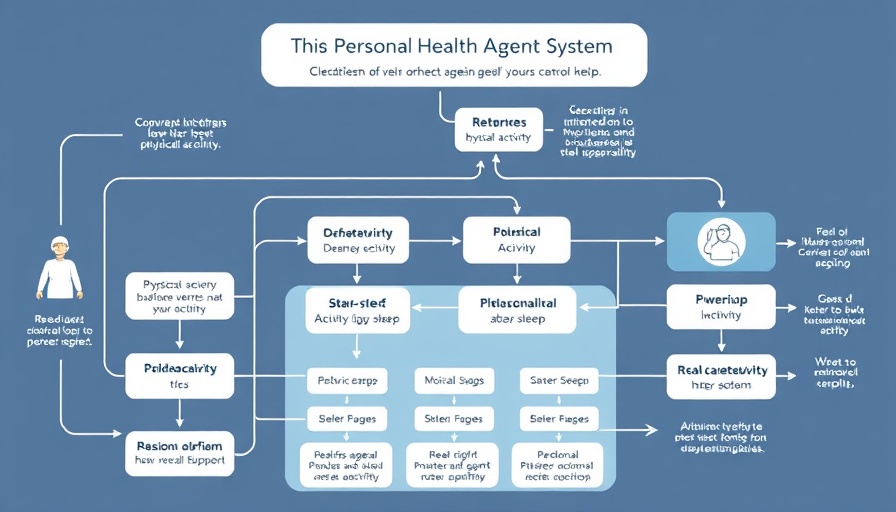
Understanding the Trio: HTML, CSS, and JavaScript
In today’s digital landscape, small and medium-sized businesses are increasingly tasked with creating a compelling online presence. At the heart of this web design revolution lies a powerful trio: HTML, CSS, and JavaScript. These three technologies are essential for anyone looking to create a functional and aesthetically pleasing website, and understanding their roles is a crucial step on the path to successful web development.
What is HTML?
HTML, or HyperText Markup Language, serves as the backbone of a website. It provides the structure and organization necessary to present content on the web. Just as the framework of a building holds everything together, HTML encompasses elements like headings, paragraphs, links, and images that define a webpage’s content. For small business owners unfamiliar with coding, HTML might seem daunting. However, with some basic training, anyone can learn to create a simple webpage or edit existing content, making it a valuable skill in today’s market.
The Power of CSS in Web Design
Cascading Style Sheets, commonly known as CSS, come into play once the HTML structure is established. CSS is responsible for the visual appeal of a website, allowing designers to manipulate colors, fonts, layouts, and overall aesthetics. Think of CSS as the paint and decor of your house—without it, a website would be as plain as a bare wall. For small businesses looking to attract customers, a visually engaging site is key; CSS enables you to create a first impression that is both inviting and memorable.
Bringing Interaction with JavaScript
Where HTML and CSS provide structure and beauty, JavaScript adds interactivity. This programming language allows developers to implement dynamic features such as interactive forms, animations, and real-time updates. For example, when a user clicks a button to submit a form, JavaScript can validate that input and provide feedback instantly. It’s like wiring electrics throughout your home—enabling functions that enhance usability and engagement.
The Synergy: How They Work Together
Learning how HTML, CSS, and JavaScript collaborate is akin to understanding how a good recipe combines various ingredients to create a perfect dish. Use HTML for structure, CSS for style, and JavaScript for functionality. This synergy ensures that visitors have a seamless experience on your website, which can lead to higher engagement and conversion rates. For small businesses, mastering this trio can differentiate your web presence from competitors.
Future Trends in Web Design
As we gaze into the future of web development, it’s important to consider trends that might shape how HTML, CSS, and JavaScript are utilized. Increased integration of AI tools to assist in web design will likely make creating beautiful websites easier and more accessible for businesses of all sizes. However, it is essential not to lose sight of the foundational elements of web design. Understanding HTML, CSS, and JavaScript effectively equips you to adapt to these changes and maintain control over your online presence.
Conclusion: Why Invest in Learning HTML, CSS, and JavaScript?
While AI tools offer exciting possibilities for web design, the value of understanding HTML, CSS, and JavaScript should not be underestimated. These skills empower small business owners to maintain their websites confidently, enabling them to make quick adjustments, troubleshoot issues, and ensure their web presence aligns with their brand vision. Embracing these essential web technologies boosts not only the efficiency of your design process but also the effectiveness of your digital marketing strategies.
Now that you’ve seen how HTML, CSS, and JavaScript work together in web design, consider diving deeper into these technologies. Explore coding resources and templates that can provide guidance as you strengthen your online presence, equipping your small business for success.
 Add Row
Add Row  Add
Add 



Write A Comment